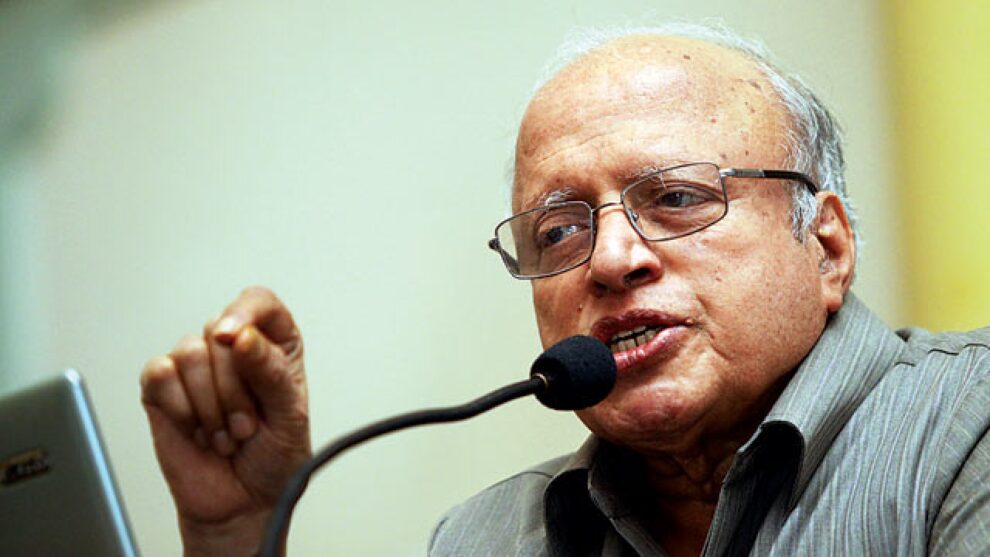Mankombu Sambasivan Swaminathan, a renowned agricultural scientist who revolutionised India’s farming and was a key architect of the country’s “Green Revolution”, has died. He was 98.
Swaminathan died of age-related illness on Thursday at his home in the southern city of Chennai after an illustrious academic career that garnered him 84 honorary doctorates from some of the world’s top universities.
In the late 1960s and 70s, the agriculturalist and plant geneticist was instrumental in bringing industrial farming to India, making the country self-sufficient in food and reducing widespread hunger.
India’s Green Revolution, as it was known, turned the northern states of Punjab and Haryana into breadbasket for wheat and rice production, helping low-income farmers.
The initiative, now dubbed a transformational era in Indian agriculture, introduced high-yielding cereal varieties and expanded the use of irrigation and fertilisers. Grain production increased exponentially at a time when India was beset with widespread starvation.
His work breeding wheat and rice strains with improved yields, and training farmers to cultivate them, helped transform India from a starving nation into a food exporter.
“At a very critical period in our nation’s history, his groundbreaking work in agriculture transformed the lives of millions and ensured food security for our nation,” Prime Minister Narendra Modi wrote on X, formerly Twitter.
“His passion to see India progress was exemplary.”
Swaminathan was awarded his doctorate in genetics from Cambridge University in 1952 but turned down a professorship in the United States after resolving to return to post-independence India and “serve the nation”.
Memories were still fresh of the Bengal famine of 1943 at the twilight of British colonial rule when up to 3.8 million people died of hunger.
He began collaborating with US agronomist Norman Borlaug, whose own contributions to improving world food supply won him the Nobel Peace Prize.
After Prime Minister Indira Gandhi took office in 1966, Swaminathan was given free rein to implement a new agricultural programme.
At the time, India’s economy was hobbled by chronic food shortages that left it dependent on foreign aid, but by the early 1970s, the new techniques had made it self-sufficient.
“Crisis is a mother of invention. We faced a crisis in the 1960s and we succeeded,” he told AFP news agency in 2008.
Swaminathan was the 1971 recipient of the Ramon Magsaysay Award, popularly known as Asia’s equivalent of the Nobel, along with a laundry list of other accolades.
For his work, Swaminathan was named one of the 20 most influential Asians of the 20th century by Time magazine, alongside independence hero Mahatma Gandhi and the revolutionary poet and artist Rabindranath Tagore.
Swaminathan also held administrative positions in various agricultural research institutes in India and served as a top planner at the Indian Council of Agricultural Research between 1972 and 1979. He received the Padma Shri, one of the Indian government’s top honours, in 1967.
Swaminathan also briefly served as a legislator in India’s upper house of the parliament. He was survived by his three daughters following the death of his wife last year, media reports said.
Source : Aljazeera









